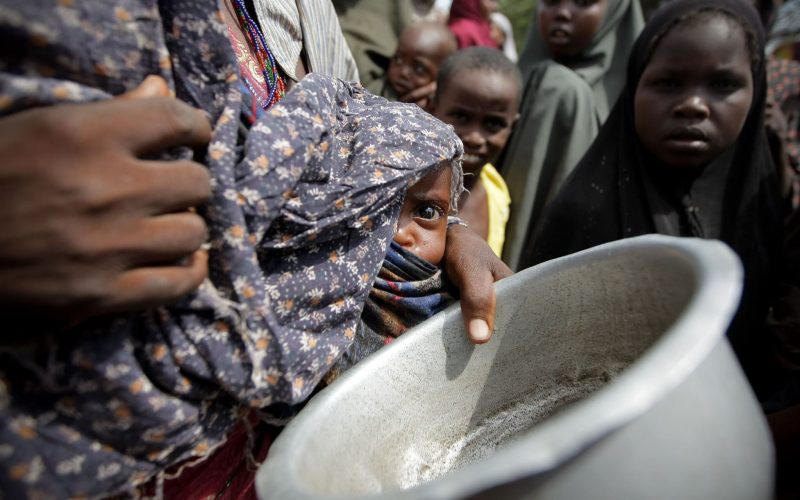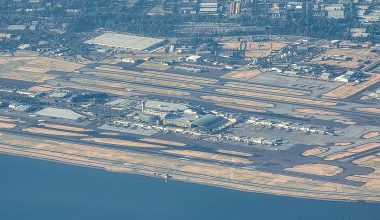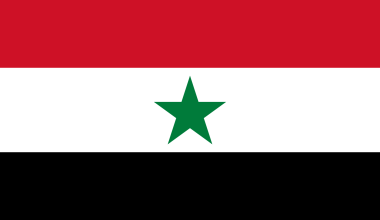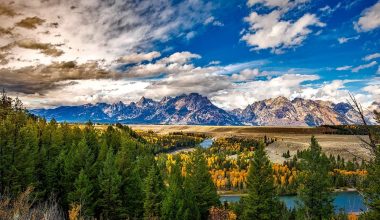The world’s poorest countries are classified on various factors such as gross national income (GNI) per capita which means it is a straight measure of the country’s total income divided by its population and Gross Domestic Product (GDP) per capita, however, both metrics are almost similar and measure the dollar value of all goods and services produced in a given country. The only difference is that gross national income (GNI) also includes income earned via international sources (such as foreign investments or real estate holdings). Here is the list of poorest countries in the world based on gross national income( GNI),
Poorest Countries In The World By Gross National Income( GNI)
1. Burundi- Gross National Income( GNI): $270
Burundi is one of the poorest countries having a population of 10395931 and a land area of 25649 square kilometers. Bujumbura is the capital country with the official language Burundi. Burundi celebrates July 1 as a national holiday on the occasion of Independence Day. Burundi is quite poor and underdeveloped due to an immense dearth of resources.
Also, it is one of the unhappiest countries in the world. More and more people there are inflowing into subsistence agriculture rather than the manufacturing sector which makes it an underdeveloped county. The Red and green color in its flag depicts autonomy and belief in advancement with white cross-like diagonals and a white disk in the middle representing concord.
Also Read: Top 10 Largest Countries In The World By Total Area
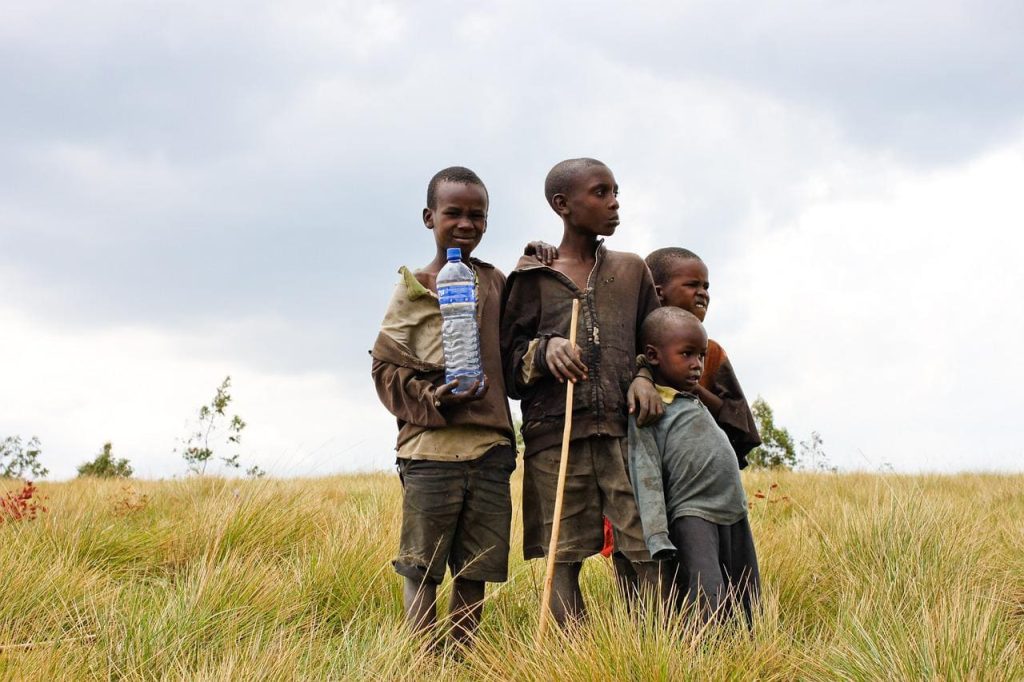
2. Somalia- Gross National Income( GNI): $310
Somalis have a land area of 627339 square kilometers and 10428043 populations. Mogadishu is the capital country and the representative tongue is Somali. It is one of the poorest and slightest developed countries as a bunch of people are self-employed in mammal rearing. Its national flag has a blue color base having white five-pointed stars at the center as known as the ‘Star of Unity.
Also Read: Top 10 Problems In The World Today

Image Source: United Nations Photo
3. Mozambique- Gross National Income( GNI): $460
Mozambique is also one of the poorest countries in the world based on its gross national income( GNI) which is $460 US dollars. There was a civil war that happened in the year 1992 that was the primary reason to rank it among the poorest countries. The good news is that there is a substantial increase in the per capita income in the country and economic recovery as well.
Also Read: 10 Most Polluted Rivers In The World 2022
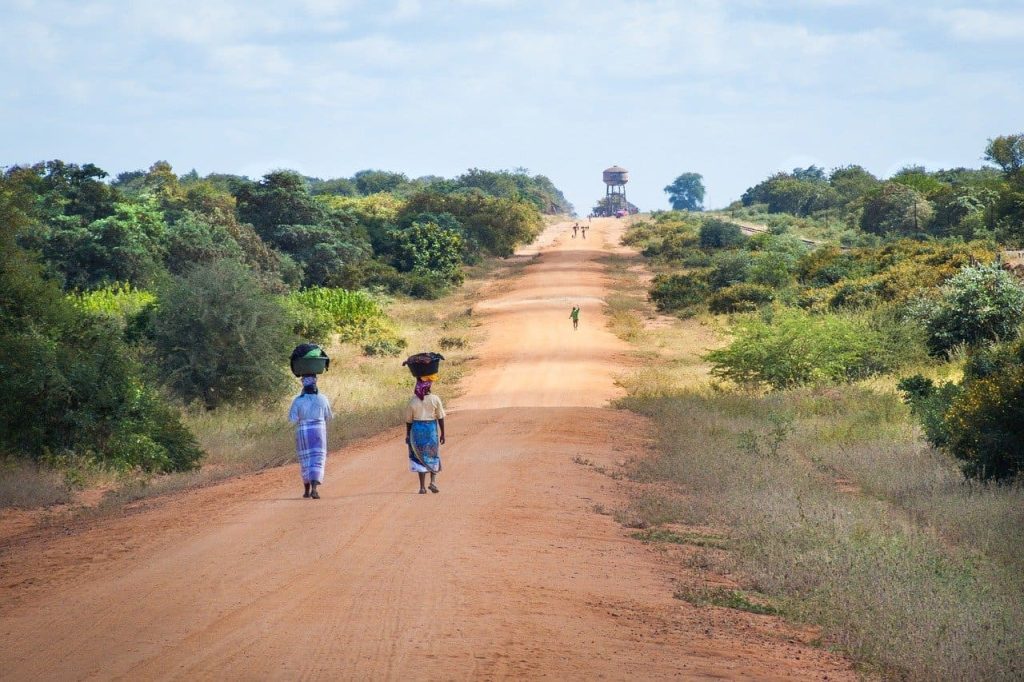
4. Madagascar- Gross National Income( GNI): $480
Madagascar has an intact area of 587295 square kilometers. The capital of Madagascar is Antananarivo and Malagasy is the most spoken language. Madagascar is one of the poorest and fourth-biggest islands in the world with a size of 587712 square kilometers and more than 26 million populations. It is the dwelling for an assortment of biodiversities. Lots of exceptional species of animals are found in Madagascar. Though Madagascar has a wide range of possessions but still it visages a lot of paucity as about 75% of the people are living below the poverty line.
Also Read: Top 10 Most Popular African Tribes
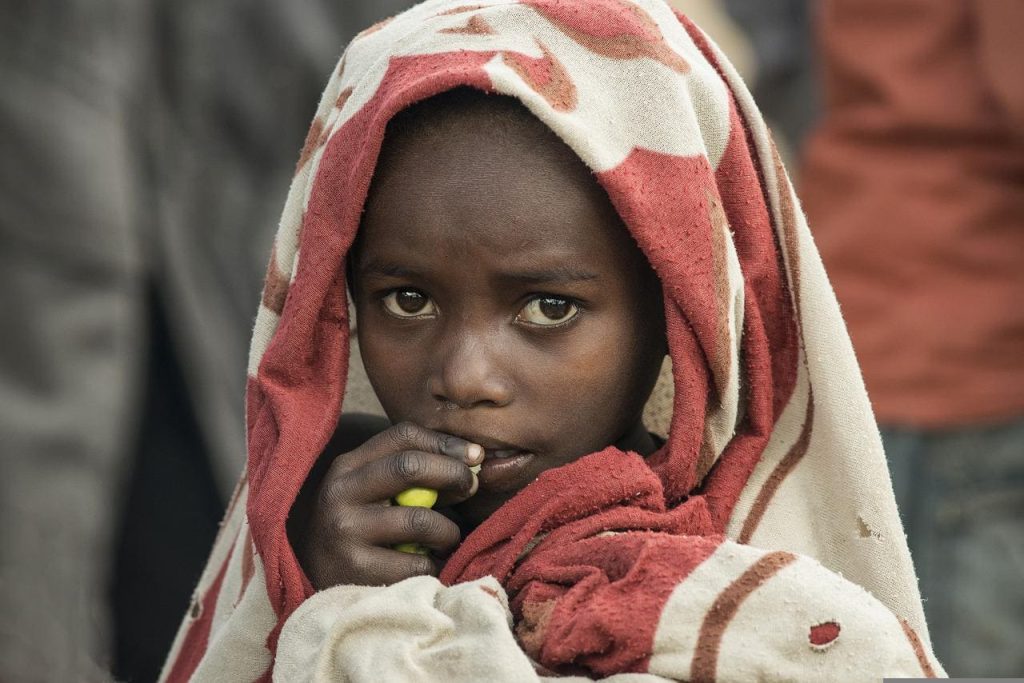
5. Sierra Leone- Gross National Income( GNI): $490
Sierra Leone officially known as the Republic of Sierra Leone is a country situated on the southwest coast of West Africa. Though the country is listed among the poorest ones it is popular for its white-sand beaches lining the Freetown Peninsula. Almost all the population of the country was involved in agriculture and also political instability is the two main hindrances in the development of the country. The country has also special significance in history because Freetown was founded in 1787 as a home for repatriated former slaves from London and the Americas.

Image Source: Wikimedia
6. Afghanistan- Gross National Income( GNI): $500
Afghanistan is also one of the poorest countries in the world based on avarage gross national income which is $500. The poor people are widespread in both rural and urban areas, however, based on various data, it is mainly concentrated in the rural areas. The families in the rural areas are missing adequate nutrition and hence many infants and children become stunted in the region and malnourished every year. East, Northeast, and West-Central regions are some of the main poorest regions of the country.

7. The Central African Republic- Gross National Income( GNI): $510
The central African Republic has a large area of 240533 and a population of 5277959. The capital of the Central African Republic is Bangui and French is its official tongue. It is one of the less tainted countries and has a remarkably amiable atmosphere. As it is one of the poorest countries so to wipe out their poverty people begin working which inconveniently left them unqualified.
Though it has plentiful assets still has pitiable supervision of the economy, a poor taxation system, and weak infrastructure make it deprived and underdeveloped. Its flag has blue, white, green, and yellow horizontal stripes cut by a red vertical stripe and a yellow star at the corner.
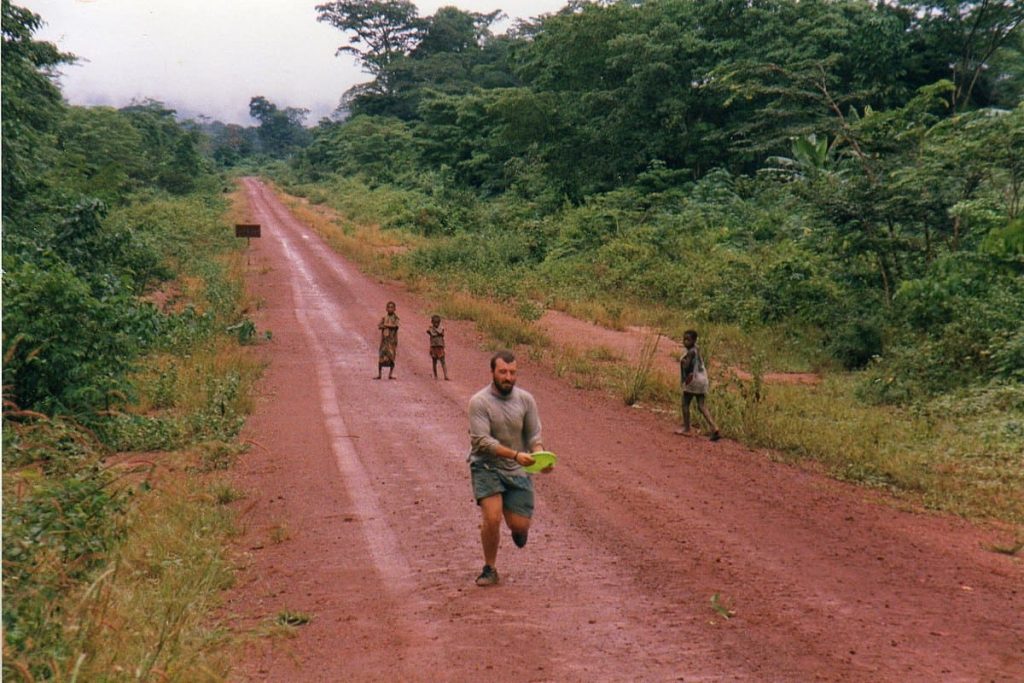
Image Source: Wikimedia
8. Liberia- Gross National Income( GNI): $530
Liberia is a country covering an area of 111369 square kilometers and a population of 5,214,030. The capital of Liberia is Monrovia and English is the official language of Liberia. Liberia celebrates 26 July as its Independence Day. Liberia is also one of the poorest and most underdeveloped countries because of the Liberian Civil War.
Poverty amplified in Liberia due to meager supremacy and atrocious combat for continuous 15 years. The flag of Liberia has 11 red and white stripes in lieu of bravery and ethical brilliance. On the corner, a blue square portrays the African continent. The white star in it signifies its independence. The foremost diet of the people of Liberia includes rice with soup.
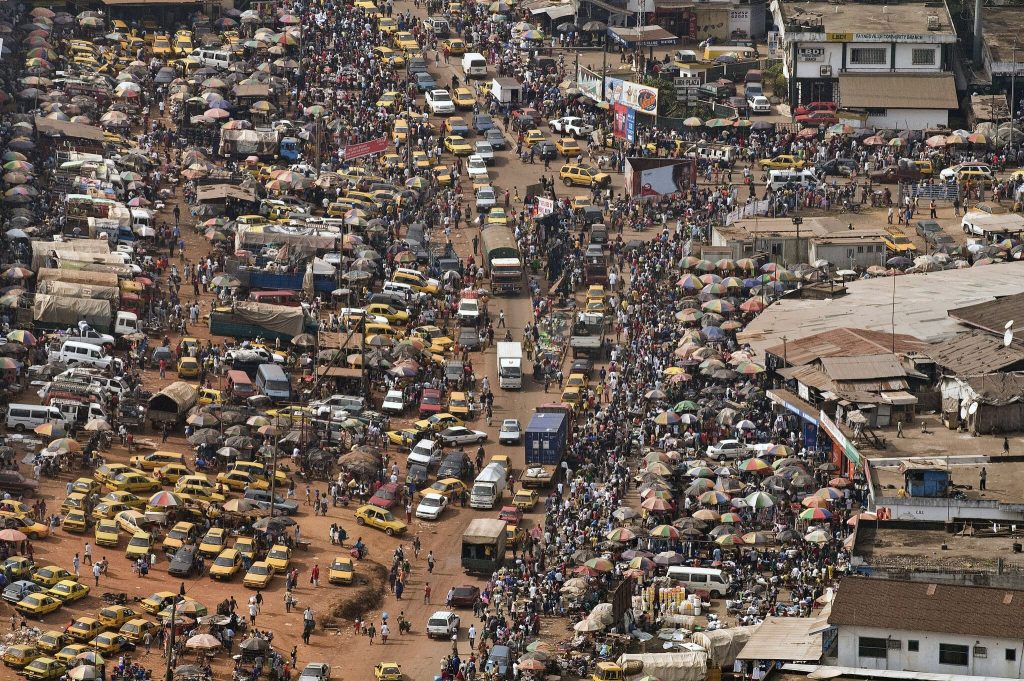
Image Source: United Nations Photo
9. Niger- Gross National Income( GNI): $540
Niger covers a land area of 1266699 square kilometers and has a population of 17466172. Niger is sited on the borders of the Sahara and Sub-Sahara regions. It is accredited as the ‘’Frying Pan of the world’’ due to its terrifically hot temperatures. Niamey is the capital of Niger and French is its official language. December 18 is the national holiday in Niger as it is celebrated as Republic Day.
Human Development Index publicized Niger as the least developed country in 2020. The flag of Niger has three horizontal bands of orange, white and green color and an orange sun in the center of the white stripe. Its orange color portrays Sahara, white stands for purity, and green for prolific land. On the basis of GDP, Nigeria was announced as the fifth-poorest country in the world. Niger is so underprivileged because of mishandling of the resources and bribery.

10. Democratic Republic of the Congo (formerly Zaire)- Gross National Income( GNI): $540
The DR Congo, DRC, DROC, Congo-Kinshasa Democratic Republic of the Congo also known as DR Congo, DRC, DROC, Congo-Kinshasa or simply congo is a beautiful country located in the Central America. It is one of the poorest countries in the world who’s official language is French. The country capital is Kinshasa and it is also the largest city of the Democratic Republic of the Congo. The capital city is situated across congo river. The country is poor because of economic opportunities and political instability and conflicts.
Also Read: 12 Highest Mountains In The World
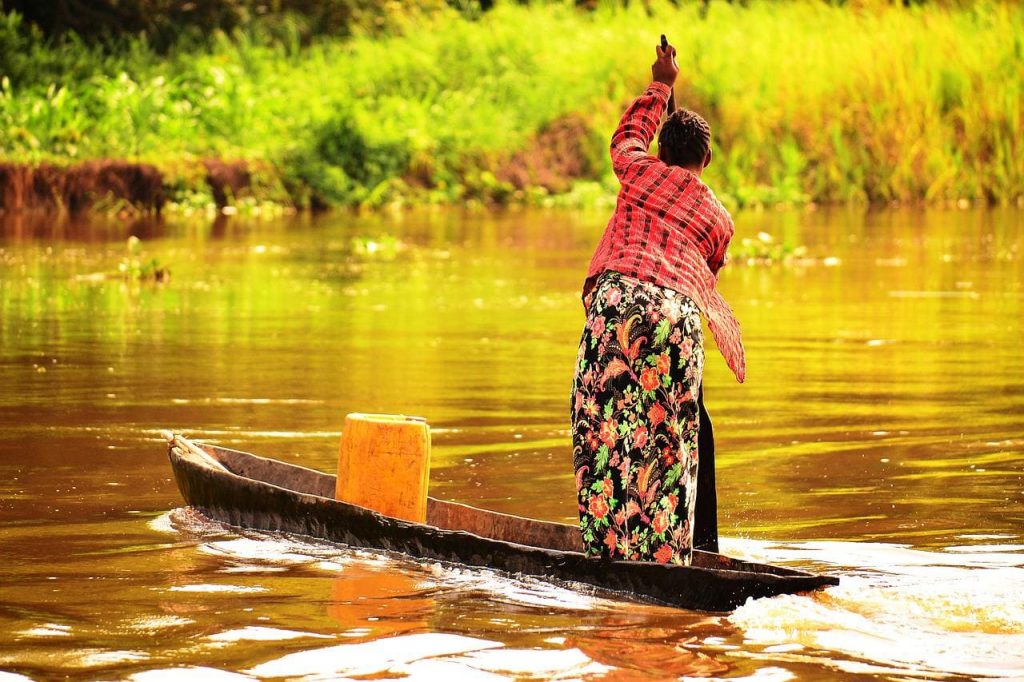
11. Malawi (GNI $640)
Malawi may not be a top African tourist spot, but it’s truly a hidden gem for those who visit. It’s called the “Warm Heart of Africa” for a good reason, as Malawians are incredibly friendly. With a population of over 18 million, Malawi relies heavily on agriculture and is striving to overcome years of underdevelopment and the recent impact of a growing HIV/AIDS issue. In 2017, about 1 million people were living with HIV/AIDS in the country. More than half the population lives in poverty, and political instability has been a challenge for effective governance.
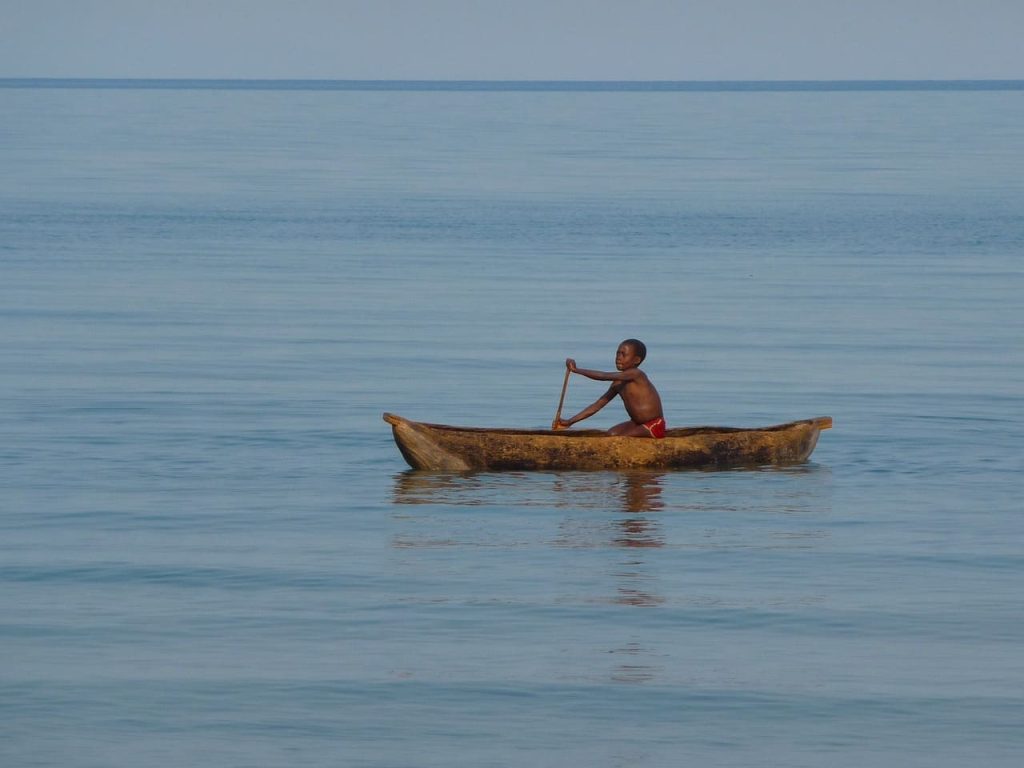
12. Sudan (GNI $760)
Sudan is a country that straddles both Africa and the Arab world, where Arabic is the most widely spoken language. Sunni Muslims make up over 97% of the population, with a small Christian minority. The country is experiencing rapid population growth at a rate of 2.42% per year, adding over 1 million people annually. High fertility rates mean that a significant portion of the population is under 15 years old, which places extra demands on social services, particularly in education and healthcare. Despite a substantial 142.9% increase in gross national income per capita from 1990 to 2019, the Human Development Index (HDI) value only increased by 54.1%.
The recent establishment of a transitional government in Sudan has led to notable progress in social and legal reforms. These achievements include the ban on female genital mutilation (FGM), a commitment to ensuring 40% representation of women in Sudan’s new Parliament, the repeal of restrictive ‘Public Order Laws,’ improved transparency in government budgeting, and the systematic transfer of state-owned enterprises to the Ministry of Finance’s control.
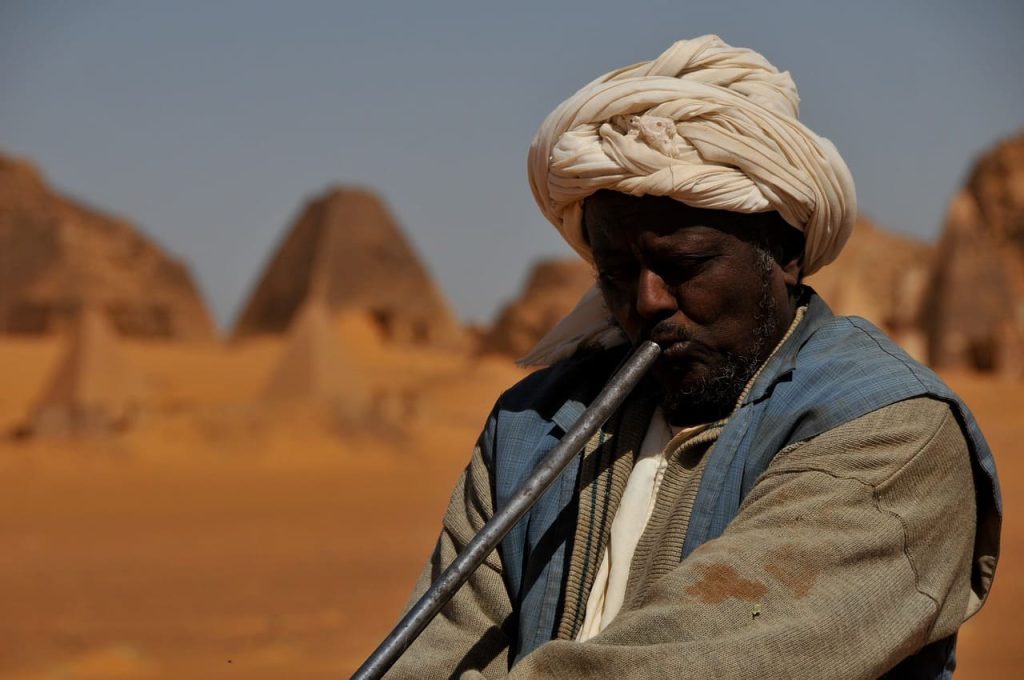
13. Syria (GNI $760)
In the Middle East, Syria is one of the poorest countries in the world which is around 1.5 times larger than the state of Pennsylvania. It’s situated on the eastern Mediterranean coast and shares borders with Turkey, Iraq, Jordan, Israel, and Lebanon. Over half of Syria is part of the Syrian Desert, which extends into other Middle Eastern countries. Separating the desert from a narrow strip of land along the Mediterranean Sea, known as the coastal plain, are the Al-Ansariyyah mountains.
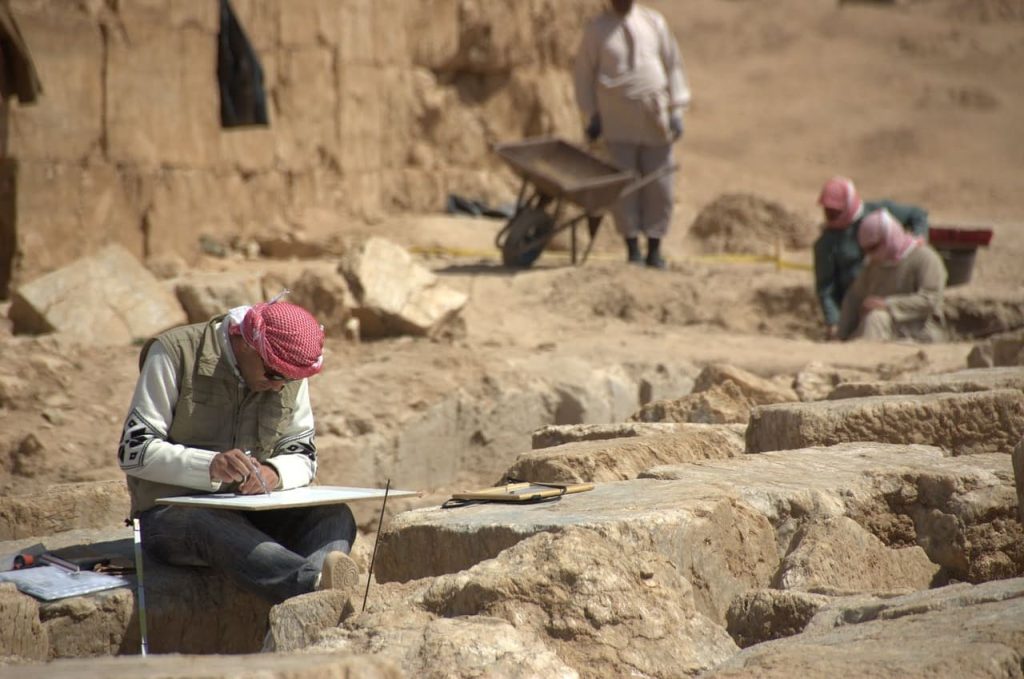
14. Guinea-Bissau (GNI $820)
Guinea-Bissau is a West African nation with a coastline along the Atlantic Ocean. It shares its northern border with Senegal and its eastern and southern borders with Guinea. The country encompasses 36,125 square kilometres, which includes sixty islands, including the well-known Bissagos Islands. Portuguese is the official language of Guinea-Bissau. Around half of the population follows traditional religious beliefs, while 45 per cent are Muslims, primarily from the Fula and Mandinga ethnic groups. Approximately five per cent of the population is Christian, with the majority being Roman Catholics.
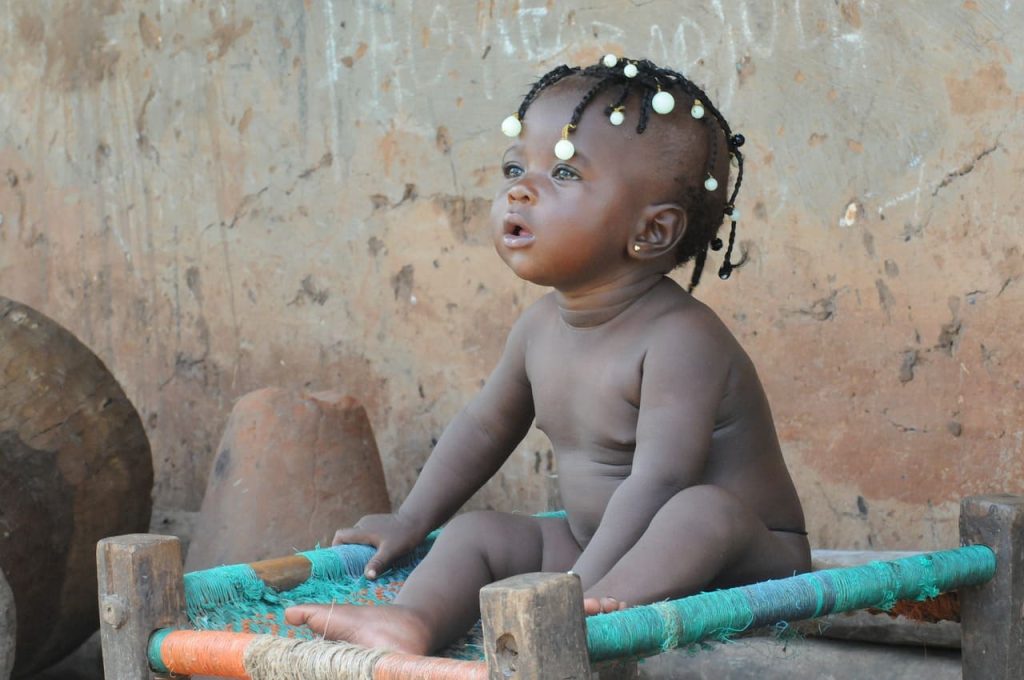
15. Burkina Faso ($840)
Burkina Faso stands out with its low carbon emissions and ecological impact in Sub-Saharan Africa. The country’s economy primarily revolves around agriculture and extractive industries, making up more than 40% of its GDP and over 90% of its exports. Nevertheless, Burkina Faso grapples with ongoing difficulties, such as limited natural resources, widespread poverty, and inequality. The economic and job-related impacts of COVID-19 have only exacerbated some of these challenges.

16. Yemen (GNI $840)
The Republic of Yemen is an Arab nation located in the southern part of the Arabian Peninsula. It shares its borders with Saudi Arabia to the north, the Red Sea to the west, the Gulf of Aden and the Arabian Sea to the south, and Oman to the east. Yemen comprises around 200 islands, with the largest one, Socotra, situated about 354 kilometres to the south of the mainland. The country is divided into 20 governorates, with the largest being Hadramawt, covering approximately 37% of Yemen’s total land area.
Yemen’s population, as of 2021, is roughly 33.3 million, which has more than doubled since 1975, making it the second most populous country on the Arabian Peninsula. Unfortunately, due to the conflict that began in 2015, Yemen’s GDP has significantly shrunk due to disruptions in economic activities and the destruction of infrastructure. The World Bank states that the improvement of Yemen’s economic situation is contingent on developments in the realms of security and politics.
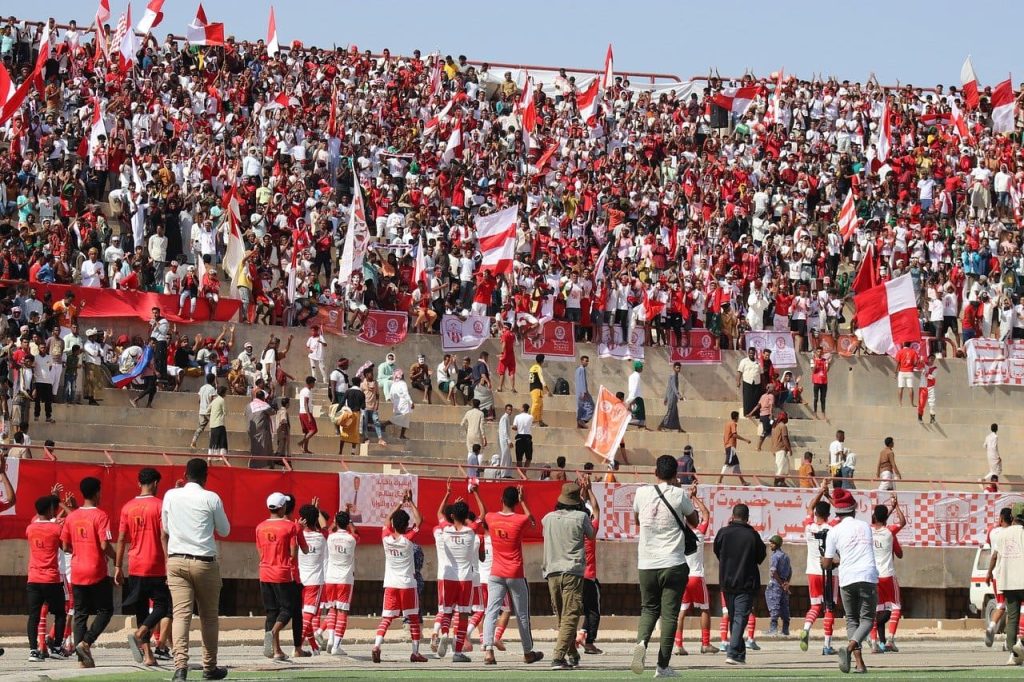
17. Uganda (GNI $930)
Uganda gained independence from the UK in 1962, and the colonial borders drawn by Britain brought together various ethnic groups with different traditions and political systems. Due to poor economic policies and persistent instability, Uganda’s economy suffered for many years, leaving it among the world’s poorest nations. Uganda possesses valuable natural resources, including significant deposits of cobalt and copper. There are also untapped reserves of oil and natural gas. Inflation in the country has fluctuated over the years, reaching 240 per cent in 1987, but it has since decreased to 5.1 per cent in 2003 and 6.2 per cent in 2013.
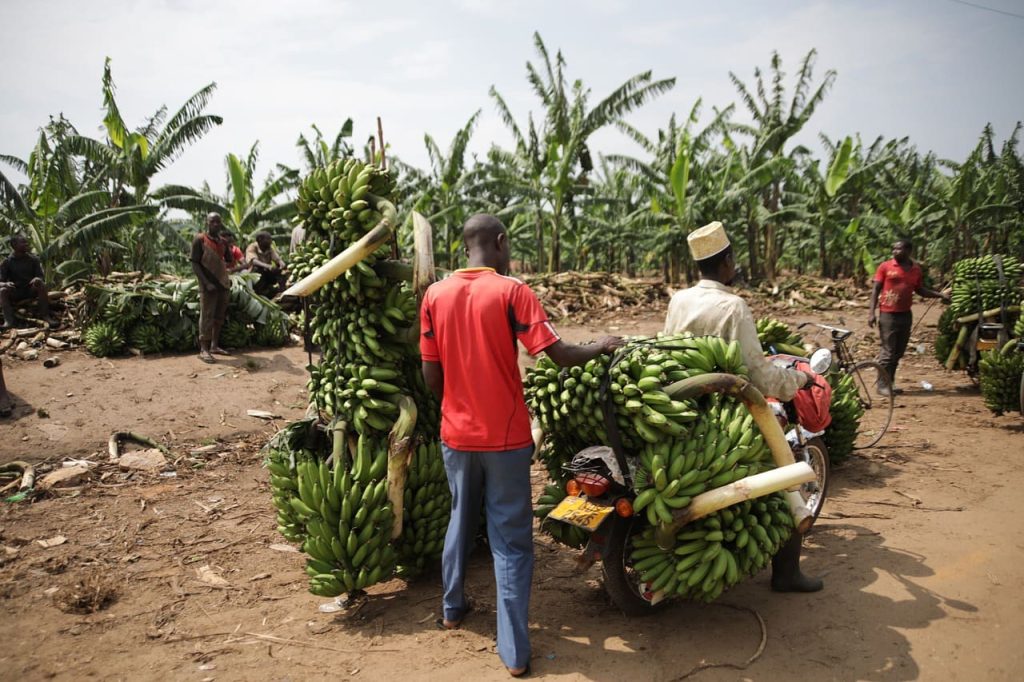
18. Togo (GNI $990)
Togo, one of the poorest countries in the world situated on the west coast of Africa, Togo shares its borders with Ghana, Benin, and Burkina Faso, and it is home to approximately 8.5 million people. The poverty rate is notably higher in rural areas, standing at 58.8%, compared to 26.5% in urban areas. This disparity is primarily due to economic growth being concentrated in more modern sectors and limited access to quality services. Within Togo, poverty is more prevalent in households led by females, with a rate of 45.7%, compared to 45.2% in male-headed households. Women are particularly vulnerable, facing challenges related to limited access to economic opportunities, education, healthcare, and other essential socio-economic services.
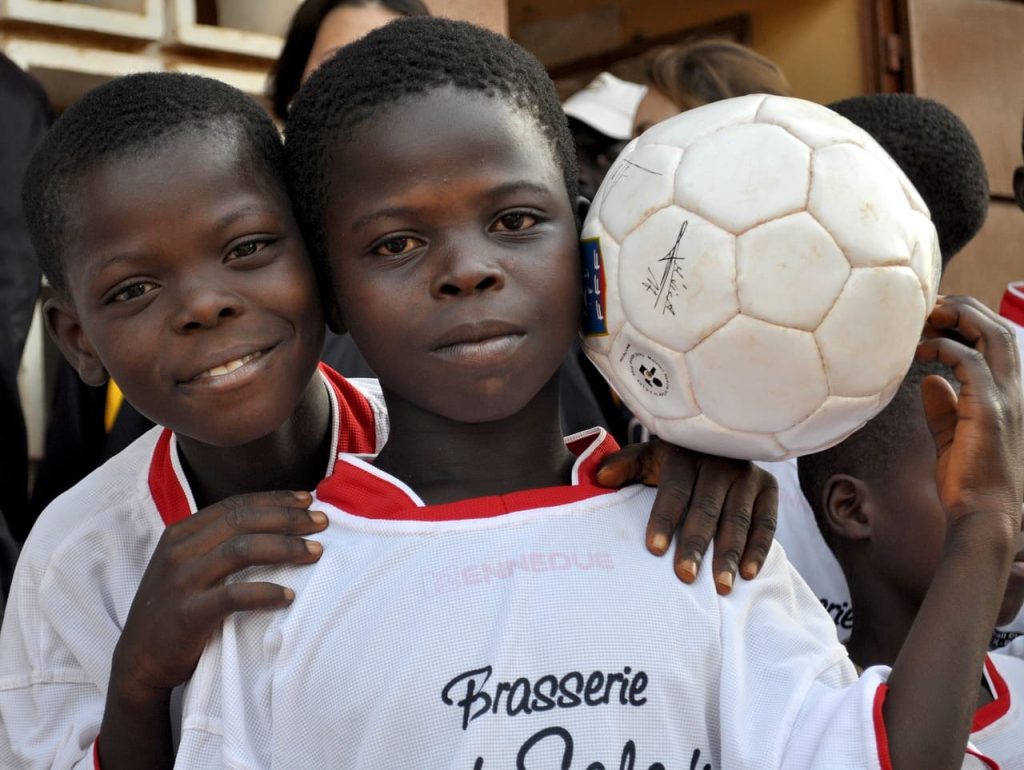
19. Ethiopia (GNI $1020)
The Federal Democratic Republic of Ethiopia is situated in the northeastern part of Africa. It is also known as the Horn of Africa. Its strategic location makes it close to the Middle East and Europe, and its access to major regional ports facilitates international trade. Ethiopia shares borders with Sudan to the west, Somalia and Djibouti to the east, Eritrea to the north, and Kenya to the south. With a land area of 1,112,000 square kilometres (472,000 square miles), Ethiopia is roughly equivalent in size to France and Spain combined and is five times larger than the United Kingdom.
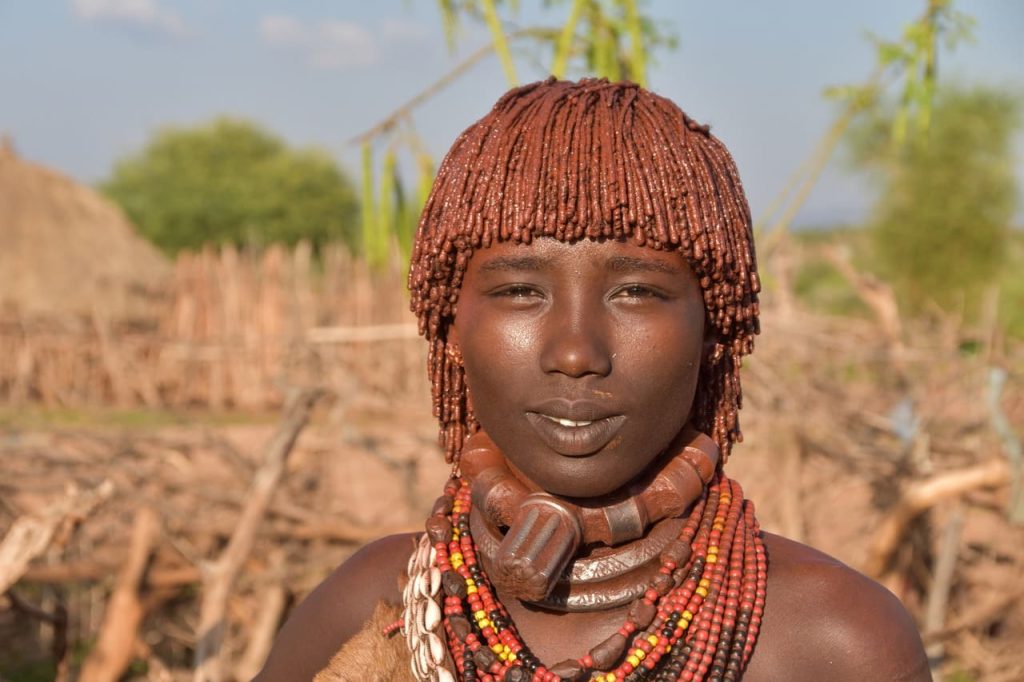
20. South Sudan (GNI $1050)
South Sudan, which became the world’s newest country on July 9, 2011, is a land inhabited by various Nilotic ethnic groups that settled there between the 15th and 19th centuries. The society in South Sudan heavily relies on seasonal changes in rainfall and migration patterns. Since gaining independence, South Sudan has grappled with the challenges of establishing a functional government, facing issues like widespread corruption, political conflicts, and communal violence. Starting in 2020, the implementation of a peace agreement has been stalled as the parties involved struggle over power-sharing arrangements. This has led to an increase in communal violence and a severe food security crisis, with 7 out of 11 million South Sudanese citizens requiring humanitarian assistance.
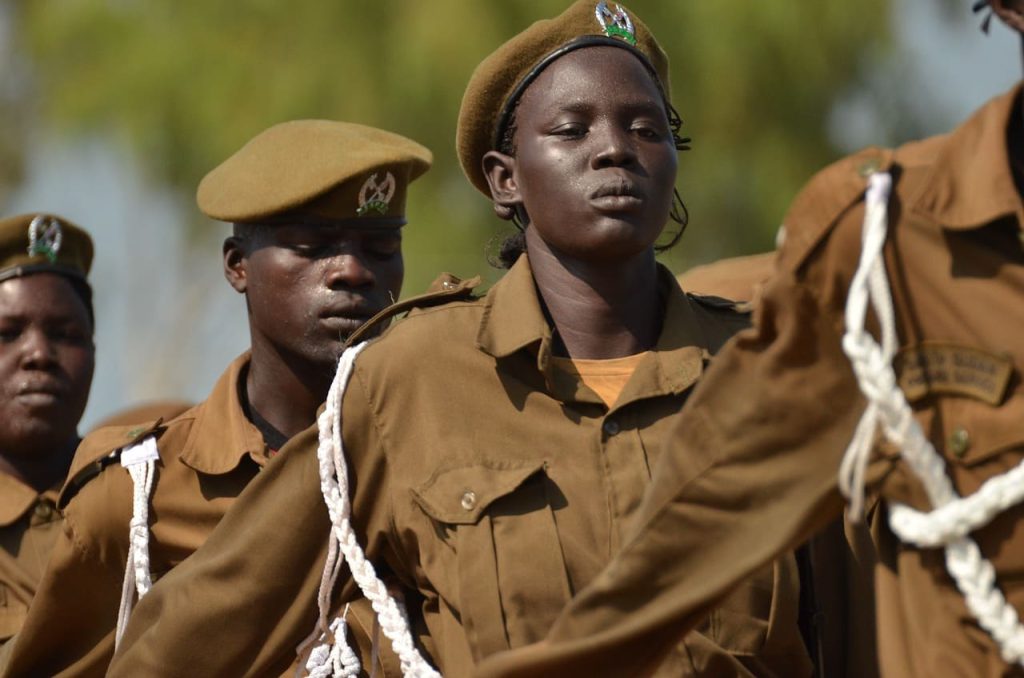
These are the top 20 poorest countries in the world by gross national income (GNI). Kindly share and do post your comments.
